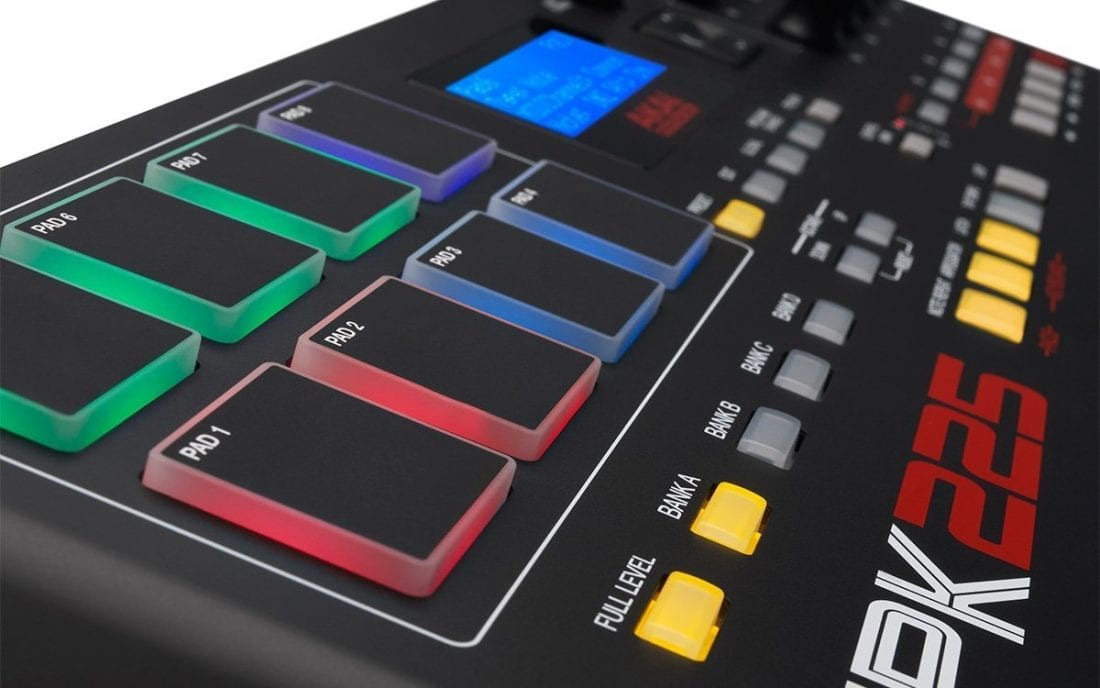Command Location: View Menu / Keyboard
The On-Screen Piano Keyboard will highlight notes and chords from the current score. It can be used as an aid to reading and playing the score (especially solo piano music) allowing you to quickly and easily visualize chord shapes and fingering.
This is a short video detailing how to use the Virtual MIDI keyboard, both with your mouse and your desktop keyboard. MIDI Keyboard Macros can also work with MIDI rotation and slider controls using its powerful Scripting Language. You can for example use just a single MIDI slider to cycle between tools in Photoshop, change brush transparency or create a multiple text clipboard and select which clipboard to use with a knob.
3d art maker free. In Edit Mode, notes can added directly to your score withNote Entry via the On-Screen Piano Keyboard. 3d printing design objects.
Moving and Sizing the Keyboard
The On Screen Piano Keyboard works in a similar way to the other standard Windows toolbars found in MidiIllustrator, but unlike most toolbars it can also be sized dynamically even when it is ‘docked'.
The keyboard can be docked or floated. When MidiIllustrator first starts the keyboard is docked at the bottom of the screen. As you resize the program's main window the keyboard width and height change by proportion to the main window size. MidiIllustrator will always try to make the best use of space when displaying the keyboard and its proportions will always be managed automatically.
You can use the title bar (on the top of the keyboard) to drag the keyboard to the top or bottom of the program window. When docked, MidiIllustrator will resize the keyboard in the context of the main window and other moveable windows such as the List Bar.
If the keyboard is floating on the page, it can be moved to any part of the screen with a simple click anywhere on the keyboard and by dragging it to the required location. The keyboard can also be resized by clicking and dragging any edge of the keyboard.
Key Highlighting Tencent games emulator for mac.
The piano keyboard highlights keys under the following circumstances:
- In general, the notes from all visible staves will appear on the keyboard as they are sounded. Alternating staff notes are displayed in alternating colors. This is particularly useful in solo piano scores where left and right hands are clearly distinguished.
Selecting Staves will affect the notes which appear on the keyboard during playback. If any staves are selected, only the notes from those staves will appear on the keyboard. Remaining visible staves will be ignored. This allows you to display multiple staves on the screen, and a different selection of staff notes on the keyboard. - When MIDI In is received from an external midi device, such as a MIDI Piano Keyboard.
- In Step by Step mode the next note or notes to be played. Colors are applied using the same rules as during playback (alternating staff colors).
Macbook air hard drive. You can edit the keyboard colors, including piano key highlighting colors used to show which keys are being pressed during playback (such as left and right hand piano playback keys) via theKeyboard Options tab in theProgram Options dialog.
| Full Size Keyboard | You can switch between displaying a Full Size Keyboard (88 keys) and a cropped display of the centre four octaves of the keyboard (two octaves on either side of Middle C). |
| Performing Hands | Read more about the On-Screen Piano Keyboard Performing Hands. |
| Show Note Names | These can be displayed A-G or using Solfege note names. |
| Highlight Middle C | This will place a small * marker on Middle C to assist with finding your place on the keyboard. |
Menu Commands
You can access the keyboard's menu of commands via the View Menu or by right clicking anywhere on the keyboard.
The Keyboard Menu commands allow you to:
- show/hide the On Screen Piano (OSP) Keyboard
- dock the OSP keyboard in position
- toggle between the full size OSP keyboard and the cropped keyboard
- show note names on the OSP keyboard keys. These can be displayed A-G or using Solfege note names.
- show finger numbers on the OSP keyboard keys during playback (finger numbers must be assigned to notes before the finger number can be shown on keys as they are played)
- show/hide Performing Hands on the keyboard during playback (fingering must be assigned to notes before they can be played)
- edit the keyboard colors, including piano key highlighting colors
| View the Help Contents Page. Visit the MidiIllustrator Website at http://www.MidiIllustrator.com. |
Virtual Midi Keyboard Windows
On Screen Midi Keyboard
On Screen Midi Keyboard
Tip - Searching Documentation
Can you watch live tv on your laptop. Tip: To search for a specific topic, type your search query in the Search Cakewalk.com field at the top right of this page.
When the search results appear, click which product's documentation you would like to search to filter the search results further.
Note - Using Offline Help
Note: If you prefer to always use offline Help, go to Edit > Preferences > File > Advanced in your Cakewalk software and select Always Use Offline Help.

If you are not connected to the internet, your Cakewalk software will default to showing offline help until an internet connection becomes available.

